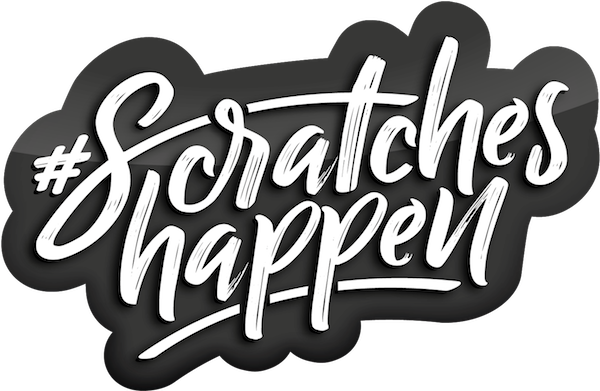How To
The Art & Science of Invisible Brush-On Touch Up Paint Repairs
We test out some touch up hacks from customers
Last updated on 17 Oct, 2025
One approach you can try is to brush on the paint into the scratch, and use one of the dabbers to wipe away the overpaint at the edges. We've also had some customers report great results by using the edge of a business card or a thin plastic squeegee to wipe the excess away, like a little squeegee. You can use the edge of our test card for this; it is quite effective. Remember to paint multiple thin coats, not heavy coats. The paint flows and dries best when the coats are thin. It may take 4-6 coats to cover doing it this way.
Keep in mind that the depth of the scratch may also be a problem in terms of creating an invisible repair. Sometimes the scratch is deep enough that the paint + clear coat repair doesn't fill it in. The paint is only a few mils thick (per coat) when applied properly, and a scratch can easily be 100mils deep. In this case, the color will match, but the scratch will still be noticeable due to the depth of it catching light and reflecting differently. In this case, using a small amount of body filler (like 3M's Bondo) can level it up and help with that.
Depending on the size and location of the scratch, some people opt for an aerosol repair, because that will most closely match the factory (sprayed) finish. A brush-on repair will sometimes be uneven due to brush marks, and compared to a factory sprayed finish, the brush-on finish will be a bit noticeable.

